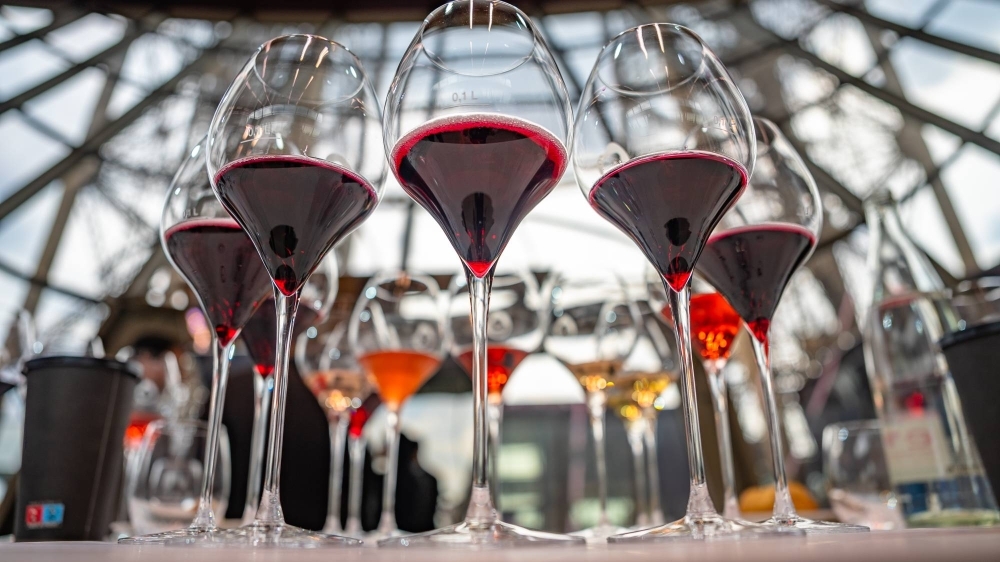During the relentlessly sticky dog days of a Tokyo summer — one in which temperatures have topped 35 degrees Celsius with alarming frequency — I’ve found a new lifeline: Lambrusco.
Fizzy, fruity and tantalizingly affordable, the sparkling red wine from Italy’s Emilia-Romagna region is a convivial antidote to the summertime blues. “Lambrusco” refers to the wine as well as to the family of grapes and their officially recognized areas of production in northern Italy. At least 15 Lambrusco grape varietals can be used, but the most common include Grasparossa, Salamino and Sorbara. Winemakers often blend multiple varieties, sometimes with non-Lambrusco grapes, to enhance color or structure. Generally, wines based on the Grasparossa varietal tend to be richer and fuller, while those made with Sorbara are lighter and more aromatic. Salamino-based wines typically fall somewhere in the middle. While sweeter styles are ubiquitous, the best varieties are labeled secco (dry) or semisecco (off-dry).
“The story of Lambrusco is one of many ups and downs,” says Alessandro Medici, brand ambassador for his family’s winery, Medici Ermete, based in the city of Reggio Emilia. “During the ’70s and ’80s, Lambrusco was the highest-performing wine (by volume) in the world.”



